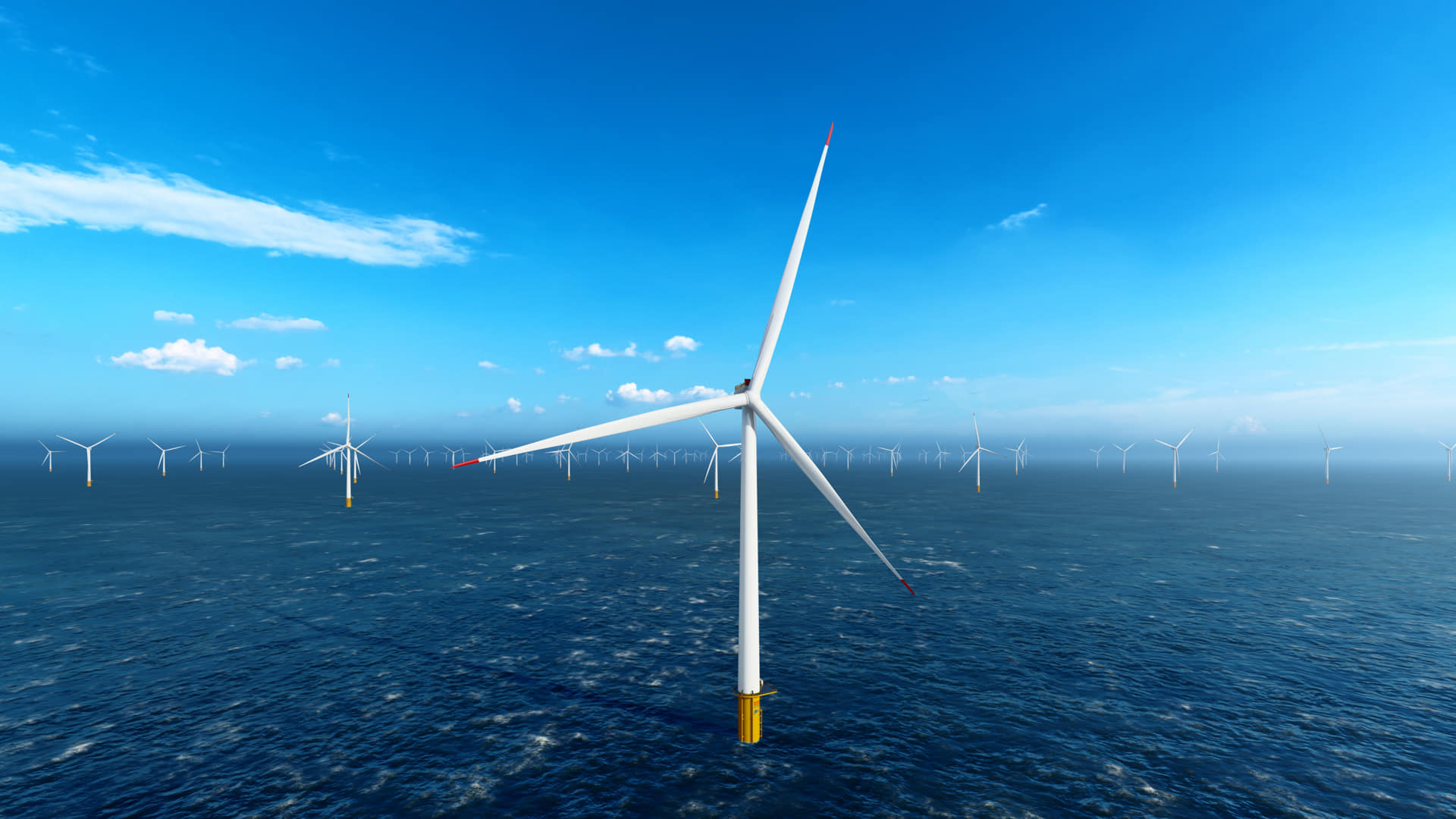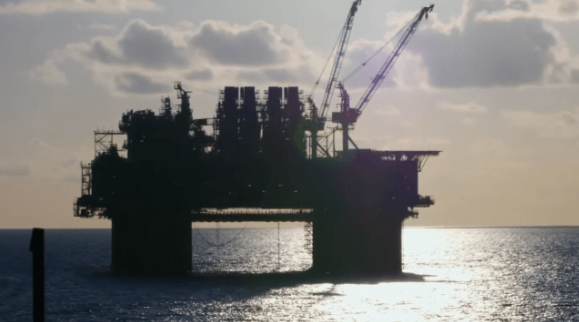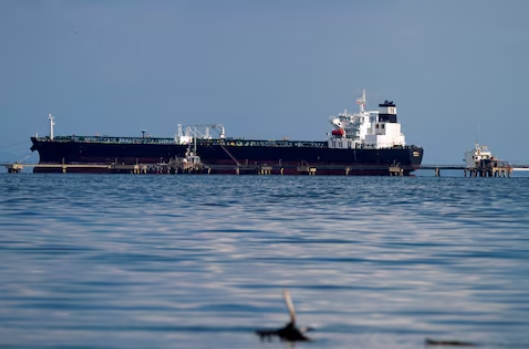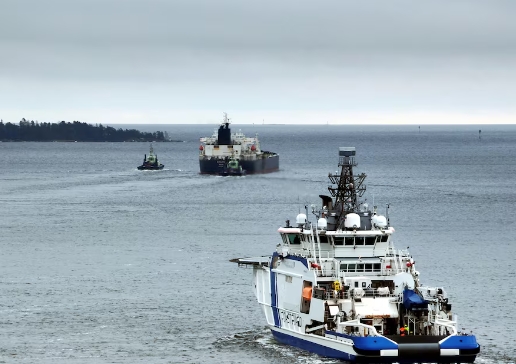The two partners now plan on taking early steps that would help establish a floating wind industry in Nova Scotia, including contributing to the implementation of the environmental, regulatory, supply chain, workforce, and construction best practices, according to a press release from the joint venture.
DP Energy and SBM Offshore have emphasised the role of engagement and local dialogue with key stakeholders and said first nations and other interested parties would remain a priority throughout their endeavours.
“Our 30-year approach to renewable project development puts the environment and local communities front and centre. Floating offshore wind is an exciting new opportunity for Nova Scotia and will bring much needed new investment which can add to coastal economies and communities”, said Simon De Pietro, CEO of DP Energy.
The two companies state that, together, they have experience in both the design and construction of offshore floating facilities for the energy industry and working in Nova Scotia “to help advance the region’s offshore energy journey”, including an in-depth understanding of local regulatory specificities and a track record in local partnerships and growing local businesses.
“We are very pleased to announce the formalization of our partnership with DP Energy, a well-recognized developer in the renewable energy space. We believe that Canada’s offshore wind resource is among the best in the world, and as an offshore energy transition company with proven experience in Nova Scotia, we are excited to continue and expand our partnerships with the local community and ready to write a new chapter, together”, said Severine Baudic, Managing Director New Energies and Services at SBM Offshore.
DP Energy is currently developing the Gwynt Glas floating offshore wind project in the UK, together with EDF Renewables, with which the companies plan to bid in the 4 GW floating wind auction in the Celtic Sea. The Irish company also has plans in Ireland, as well as Australia.
The Dutch company SBM Offshore is the developer of floating wind foundations, which will soon be installed at the French Provence Grand Large floating offshore wind farm.
Nova Scotia has opened up for offshore wind with a concrete step made last year, when the Canadian province’s government announced that it would offer seabed leases for 5 GW of offshore wind energy by 2030, starting in 2025, with an ultimate aim to support green hydrogen production.
In May this year, Canada’s Minister of Natural Resources introduced a new bill in the House of Commons which will put in place regulations that will enable offshore wind development in Nova Scotia and Newfoundland and Labrador.
At the same time, Canada is running regional assessments of offshore wind development in Nova Scotia and Newfoundland and Labrador which will analyse future offshore wind development activities that will be regulated under the proposed bill that seeks to amend the state-province Accord Acts.
Last month, Nova Scotia released a roadmap for the development of its offshore wind industry, which includes three modules.
The first module explains Nova Scotia’s approach to site selection, seabed licences, and support mechanisms. The second module will be released in the spring of 2024 and will focus on supply chain, infrastructure, and clean inclusive growth opportunities. The third module, to be released in the autumn of 2024, will focus on feedback from Mi’kmaq and Indigenous peoples from other communities, the fisheries industry, environmental organisations, and other stakeholders, and will also consider input gathered through the regional assessment of offshore wind development.








